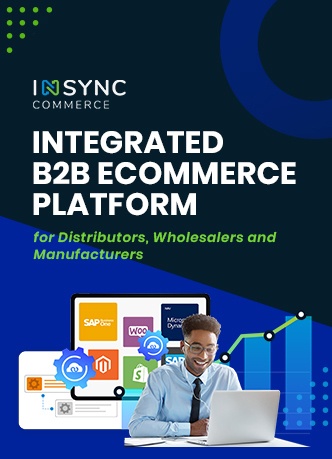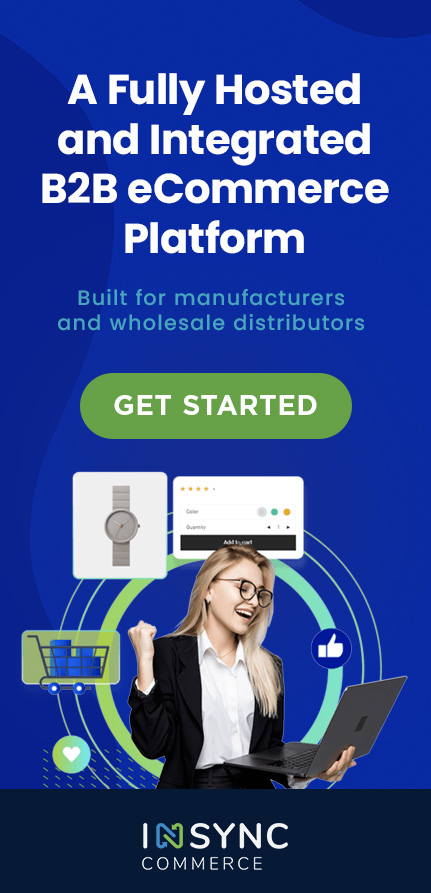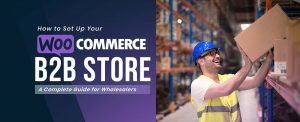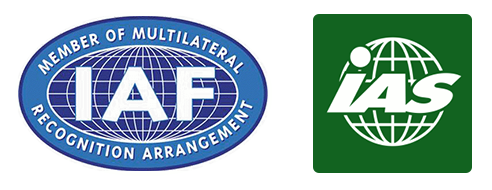In Should online stores target Tier 2/3 cities? – Part 1, we analyzed the demographics of Tier 2/3 cities and some characteristics of online shoppers in these cities. In this article, we will explore the challenges that need to be addressed by online stores to attract these buyers.
As we discussed in Part 1, there is a great window of opportunity for online stores to attract the buyers in tier 2/3 cities and make them their loyal customers. However, the challenge is to acquire and retain these customers while keeping the business viable. There are a few key areas of focus for any online business that wants to be successful in getting clientele in these cities.
Brand Awareness
Channels of brand awareness in metros for online stores (English print and electronic media) don’t work in these cities well. Awareness campaigns need to be designed especially for these areas, leveraging local TV channels, billboards, local newspapers, enlisting local partners (offline stores, cybercafé, etc.) and other innovative ways. Without awareness, a typically risk-averse buyer in these cities won’t venture into buying from these brands.
Competitive Pricing
Highly competitive pricing is the dominant strategy (and customer expectation) even in the metros; tier 2/3 cities too expect the same. However, tier 2/3 city buyers are often enticed by a seemingly good item of an unknown quality which is cheap and available offline. So a healthkart.com has to compete with the ‘made in china’ weighing machine available in local grocery store when making the sale in tier 2/3 cities. Understanding local market is important and pricing items accordingly is important too (as much as possible). Marketing needs to focus on quality and shift the attention from pricing as much as it can.
Delivery Reliability and Consistency
This is true for all buyers everywhere – they want reliable shipping (nothing breaks, items reach them on designated time) and every time they order. This becomes a challenge for tier 2/3 cities due to lack of reliable logistics partner with sufficient reach. Consider tying up with local providers.
Payment Flexibility
Even though debit cards are becoming prevalent, a large portion of the potential buyers in tier 2/3 cities may not possess a card to pay online with. Cash on Delivery is attractive for them, but CoD network is largely restricted to metros and marquee tier-2 cities. This means that an online store may not be able to address a large portion of the market unless it comes up with some creative solutions. Creating your own CoD network in these cities is a strong option, though very expensive.
Build Trust
The most important thing is to build a credibility for the brand – sales, product quality, and after-sales service. While very little can be done just to build trust (which is culmination of all the above done well on a consistent basis with lots of people), it is the most important thing for the online store to focus on. Delivering good quality and service, and innovative use of social media to help customers spread the good word, goes a long way towards establishing trust.
In the next article, we will conclude by looking at a few strategies to address these problems effectively. Stay tuned!










